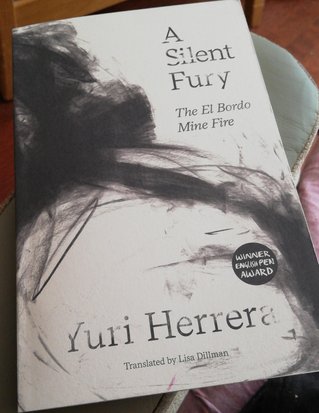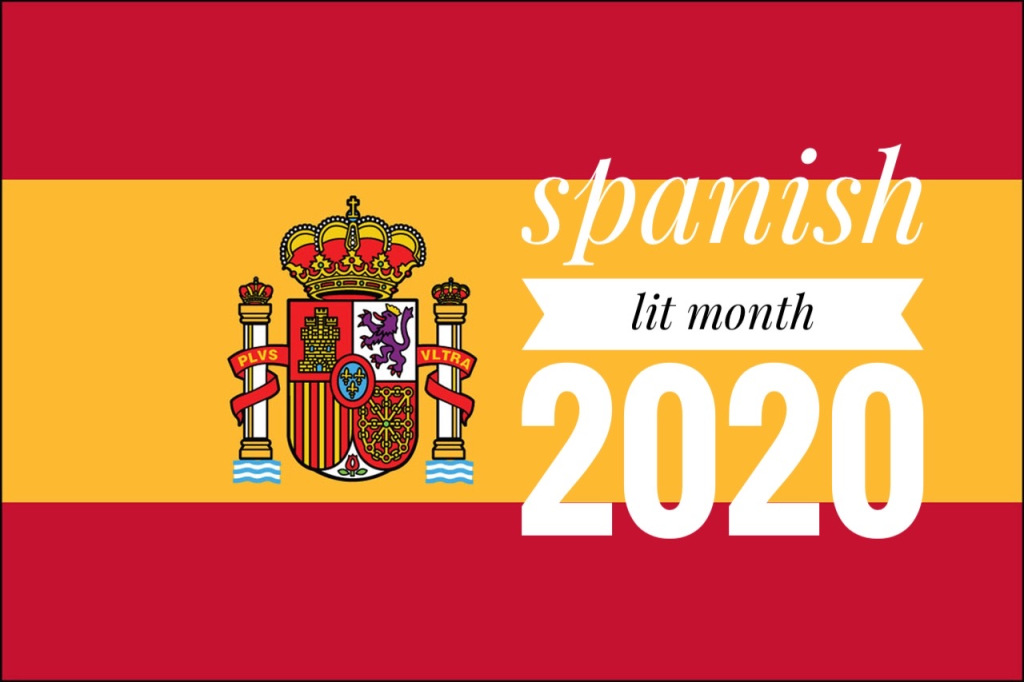The Book of Disappearance is the second novel by Palestinian writer Ibtisam Azem. It was originally published in Arabic in 2014, translated into English by Sinan Antoon in 2019, and gains a place on the International Booker longlist following a UK edition published by And Other Stories last year.
The book begins with Alaa, a young Palestinian, discovering that his grandmother has died. She had chosen to stay behind in Jaffa following the displacement of 1948, and Alaa wishes he had taken more time to listen and talk to her. He is all too aware that his grandmother had access to an older world which is now lost to him:
Your memory, which is engraved in my mind, has all these holes in it. Am I forgetting parts of what you told me, or were the things you said incomprehensible? I was very young when I started listening to your stories. Later, when I turned to them for help, I discovered these holes. I started to ask you about them. But the more I asked, the more you got mixed up, or maybe I did. How could things not get mixed up? I was certain there was another city on top of the one we lived in, wearing it. I was certain that your city, the one you kept talking about, which has the same name, has nothing to do with my city. It resembles it a great deal.
[Translated from Arabic by Sinan Antoon.]
The loss of Alaa’s grandmother and her memories is one disappearance. In another narrative strand, all Palestinians disappear from their homeland inexplicably one morning. Azem depicts the immediate aftermath of this party through a series of vignettes that illustrate the changing mood of the Jewish community in response. At first, it’s an inconvenience that people haven’t turned up to work. This gives way to paranoia at the thought of what may have caused the disappearance, and eventually taking advantage of what is left behind.
On a more personal level is the character of Ariel, the liberal Zionist neighbour and friend of Alaa. While trying to find out what happened to him, Ariel comes across Alaa’s notebook, in which he has written about and to his grandmother. Ariel finds an anger on Alaa’s part that he has perhaps known about but not appreciated to the degree it’s expressed in the notebook. Ariel reads on, but it doesn’t stop him taking up Alaa’s space in certain ways. There’s more than one form of disappearance in this book.
Click here to read my other posts on the 2025 International Booker Prize.













Recent Comments